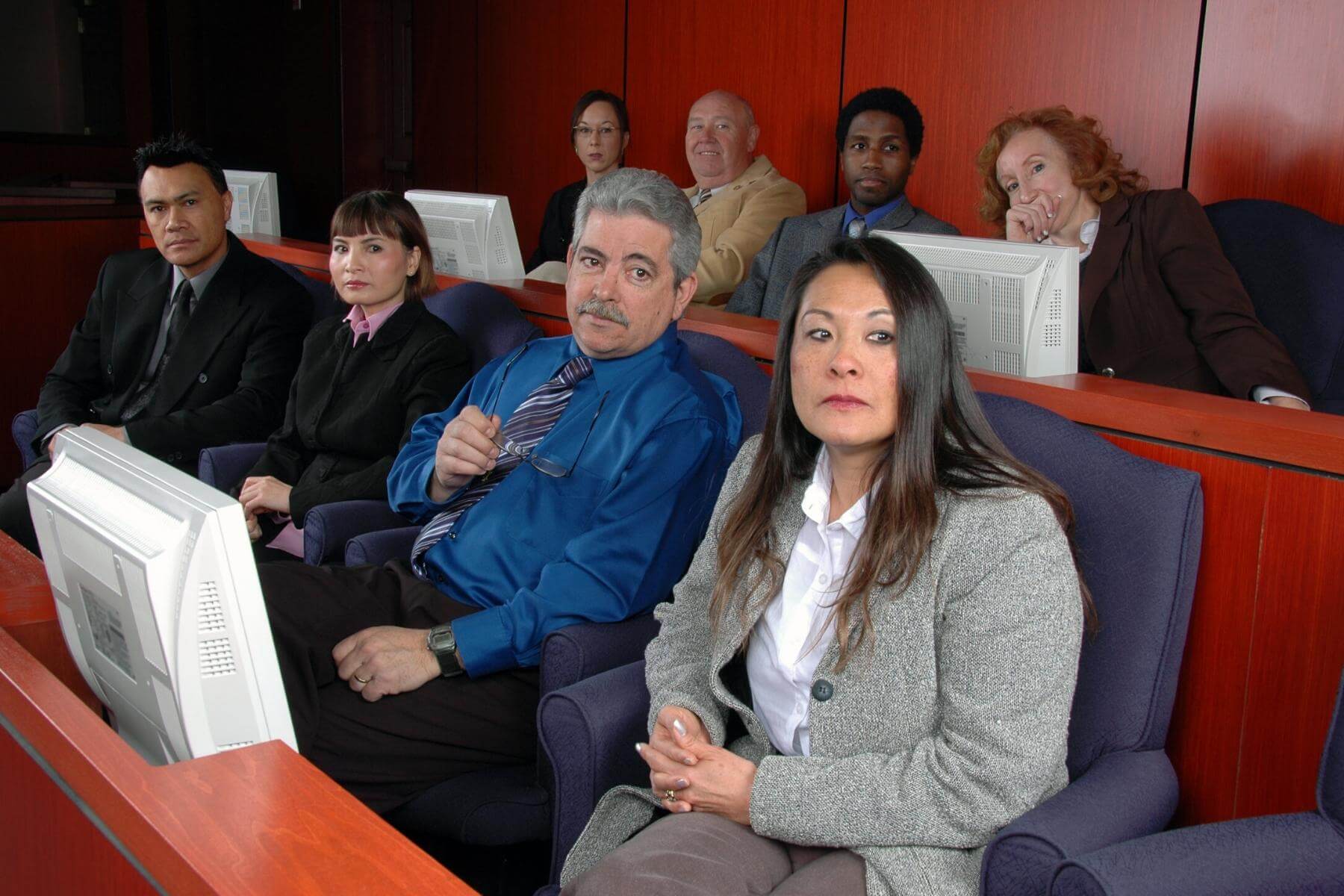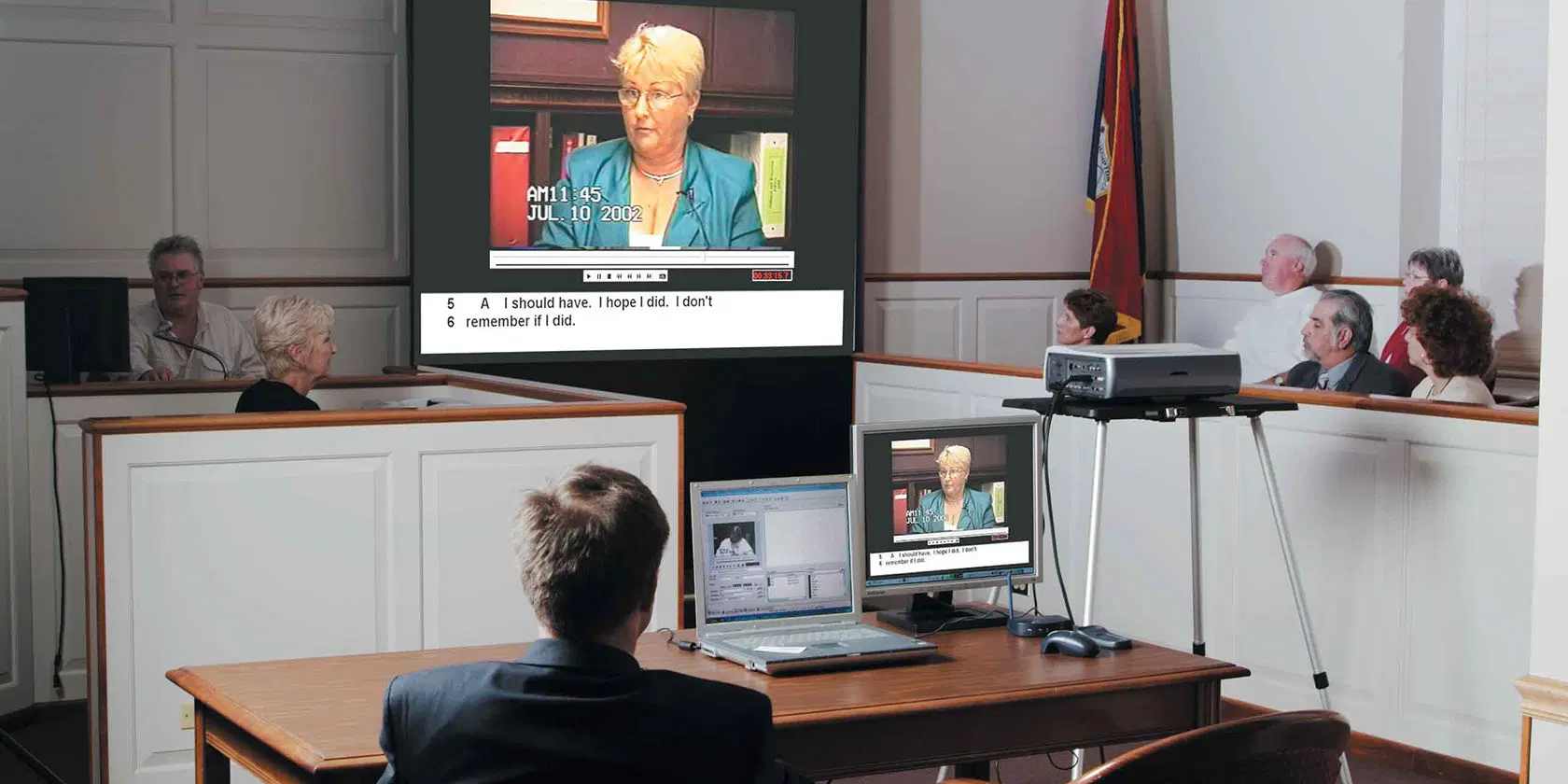Discover the Significance of Test Presentations for Successful Lawful Outcomes
In the world of lawsuits, the effectiveness of trial discussions can often be the crucial consider safeguarding favorable legal end results. By translating detailed lawful debates into engaging narratives, attorneys can improve juror understanding and involvement. Moreover, the calculated use visual help and structured storytelling not only help in retention however also forms the court's understanding of the case. As we explore the crucial parts of impactful test discussions, one need to take into consideration just how these aspects link to influence the final verdict. What techniques can truly boost a presentation from average to amazing?
Comprehending Test Presentations
Understanding trial discussions is vital for lawyers looking for to properly communicate their arguments and proof to a court. A trial presentation functions as an important device in the court room, changing complicated legal ideas and case details right into a meaningful narrative that jurors can quickly understand. Legal experts have to acknowledge that jurors are commonly laypeople, not familiar with lawful lingo and procedural details. The capacity to distill details into clear and compelling visuals, along with dental disagreements, substantially boosts the opportunities of desirable end results.
Moreover, the structure and delivery of a trial discussion can influence juror perceptions and decision-making. Efficient discussions make use of a mix of storytelling, visuals, and convincing techniques to involve jurors and preserve their focus throughout the test. This needs meticulous preparation and preparation, as each component should straighten with the instance technique and objectives.
Additionally, understanding the emotional elements of juror behavior is essential in crafting an effective trial presentation. Lawyers need to take into consideration just how jurors analyze information, reply to sob stories, and type predispositions. By dealing with these elements, attorneys can produce discussions that resonate with jurors, eventually aiding in the search of justice.
Crucial Element of Reliable Presentations
Effective test presentations depend upon a number of crucial elements that jointly improve their efficiency. First and foremost, quality is important; lawful disagreements have to be verbalized in a straightforward fashion, staying clear of lingo that might puzzle the jury. Speakers ought to structure their debates logically, leading the target market via the story in a systematic sequence.

Visual aids also play a crucial role in efficient discussions. Well-designed slides, charts, and graphics can help distill intricate details and strengthen essential factors, making them much more unforgettable. In addition, using storytelling methods can engage the jury emotionally, creating a connection that transcends plain truths.
Another critical element is the presenter's delivery style. Self-confidence, interest, and proper body language can substantially affect exactly how the message is gotten. Practicing efficient eye contact and vocal variation keeps the court attentive and bought the discussion.

Effect On Jury Perception
The influence of test presentations on court perception is extensive, as the way information is communicated can substantially influence jurors' analyses and choices. Jurors are tasked with evaluating complex info and making resolutions based upon evidence presented during the test. Effective discussions that use clear visuals, engaging stories, and organized content can enhance jurors' understanding and retention of key realities.
Additionally, the emotional tone and shipment of the discussion play a vital duty in forming jurors' mindsets. Discussions that reverberate emotionally can produce empathy and link, guiding jurors towards the lawyer's viewpoint. Alternatively, a badly structured or excessively technological presentation can lead to confusion and disengagement, resulting in undesirable assumptions of the situation.
Furthermore, jurors frequently depend on non-verbal signs, such as body language and eye contact, which can affect their count on the presenter - trial presentations. Lawyers have to be really conscious of just how their discussion style can either enhance or weaken their debates. In summary, well-executed test presentations are important for guiding court understanding and eventually influencing the result of lawful process
Approaches for Engaging Narration
Crafting a compelling narrative is necessary for engaging narration in the courtroom. An effective tale needs to reverberate with jurors on an emotional level while clearly detailing the facts of the instance. Start by developing a strong central style that encapsulates the essence of the debate. This motif functions as a guiding string throughout the presentation, aiding jurors make connections and keep details.
Making use of character advancement is important; humanizing the events included enables jurors to check that feel sorry for their experiences. Present crucial numbers early, giving context and history to make them relatable. Furthermore, utilizing a clear structure-- starting with an interesting introduction, adhered to by an efficient body, and concluding with a powerful resolution-- makes certain the narrative flows logically and preserves juror passion.
Integrating vibrant images and detailed language can even more boost the story, producing psychological images that make the truths a lot more memorable. Finally, the use of rhetorical concerns can provoke idea and reflection, prompting jurors to proactively involve with the story. By employing these strategies, lawyers can produce narratives that reverberate deeply, ultimately affecting the jury's decision-making procedure.
Enhancing Evidence With Aesthetic Help
While presenting proof in a test, the assimilation of visual aids can dramatically improve understanding and retention amongst jurors. Visual aids, such as graphes, graphs, pictures, and video clips, serve to make clear complicated information and produce a much more appealing narrative. By illustrating essential points, these devices help jurors to attract connections between evidence and the instance's overarching motifs.
Furthermore, visual aids can simplify intricate details that may or else bewilder or puzzle the jury. A timeline can efficiently display the series of occasions, while a layout can show partnerships or interactions between celebrations included in the situation. This clarity fosters better understanding and promotes notified consideration.
The strategic use visual aids also use the aesthetic knowing choices of many jurors, making the here and now proof much more relatable and memorable. When jurors can picture realities, they are more probable to retain crucial details, leading to better-informed verdicts.
Ultimately, efficient trial presentations that include visual aids not just strengthen the case but additionally equip jurors to engage proactively in the judicial process, assisting in more fair legal results. In recap, boosting evidence with aesthetic aids is a Get the facts pivotal strategy for successful trial discussions.

Final Thought
In summary, trial presentations offer an essential feature in the lawful procedure by equating intricate legal debates right into relatable narratives for juries. Reliable discussions, defined by organized storytelling and visual aids, considerably improve juror understanding and their website retention of information. By affecting court understanding, well-crafted discussions ultimately add to much more desirable lawful outcomes. The critical use these methods underscores the importance of test discussions in the quest of justice and effective advocacy within the court.